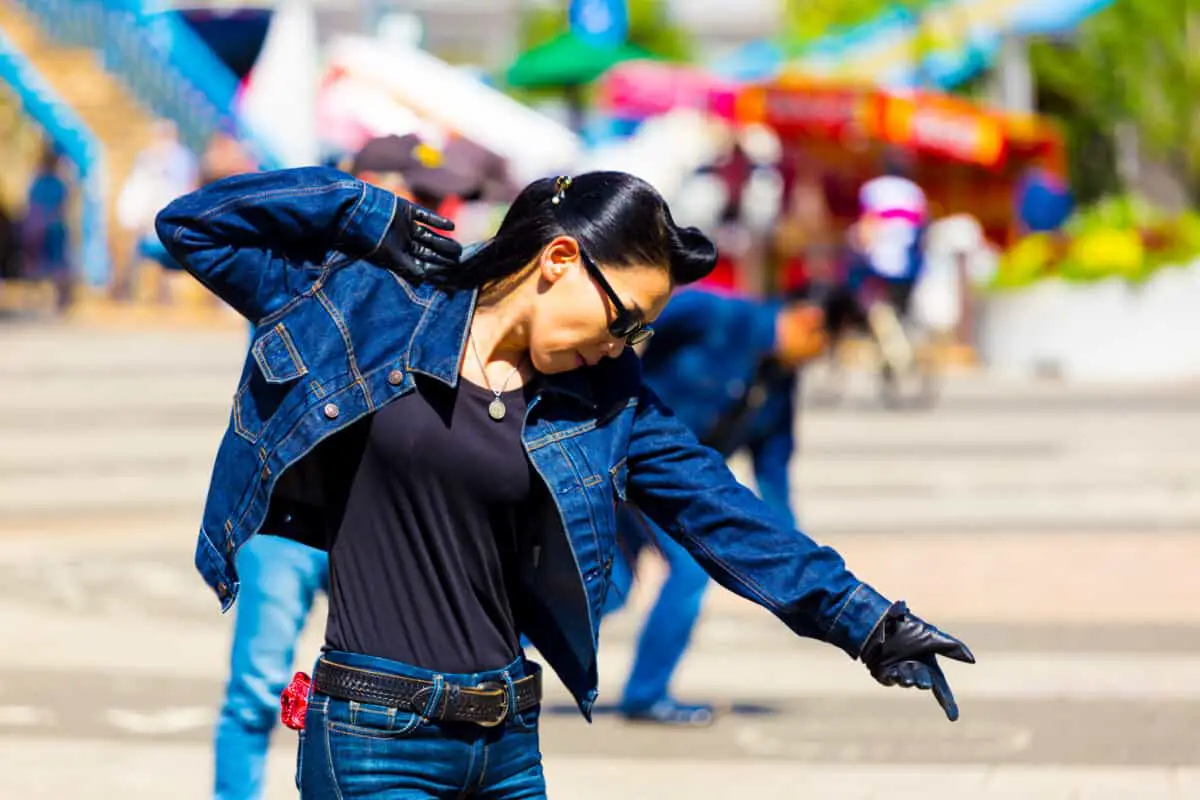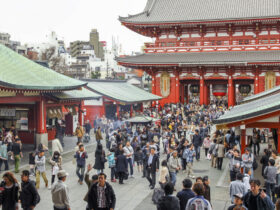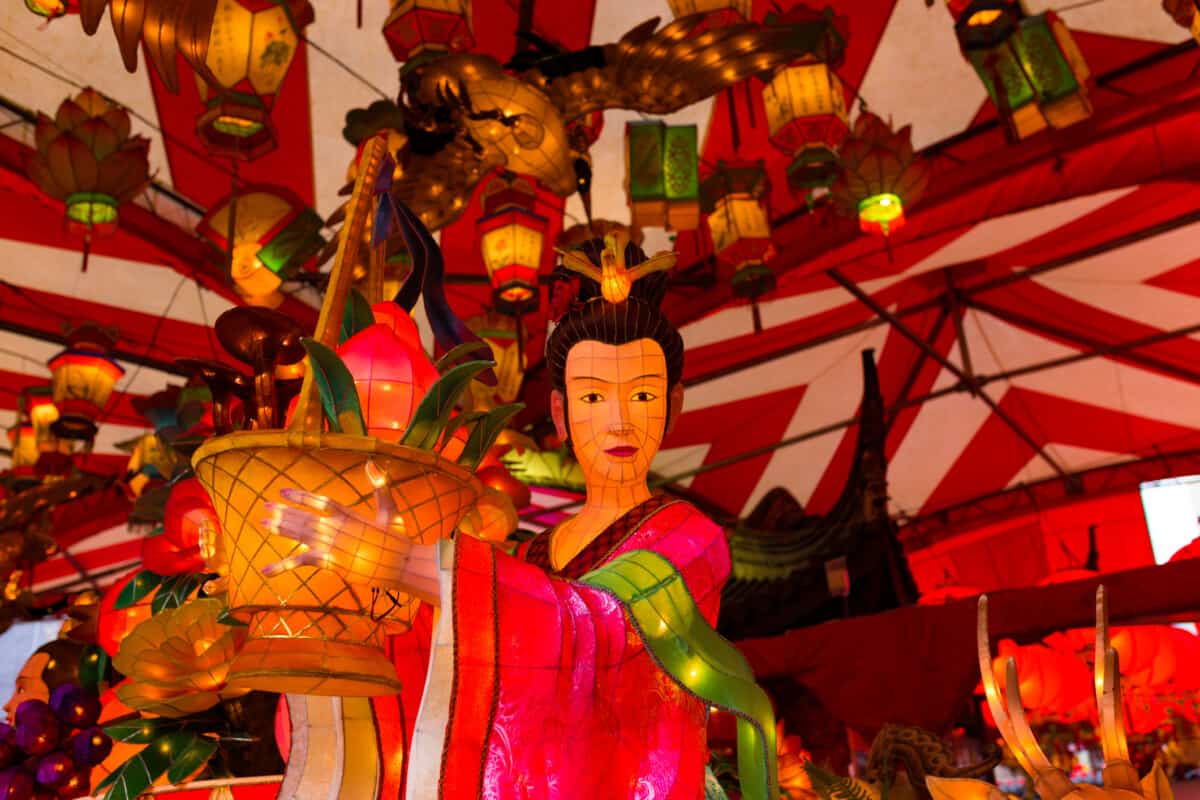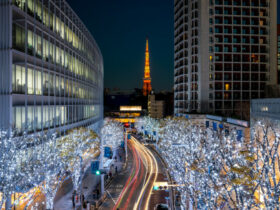Fashion styles in Japan all have their own unique ways of expressing themselves, and the rockabilly movement is one of those styles.
Inspired by the greaser gang style of the U.S.A. in the 1950s, Rockabilly is a subculture of Japanese Tokyo fashion. The style culture is filled with leather, hair gel, and a lot of passionate enthusiasts who love the trend and all that comes with it.
The rest of this article will explain Rockabilly as a fashion trend, its origins, and more…
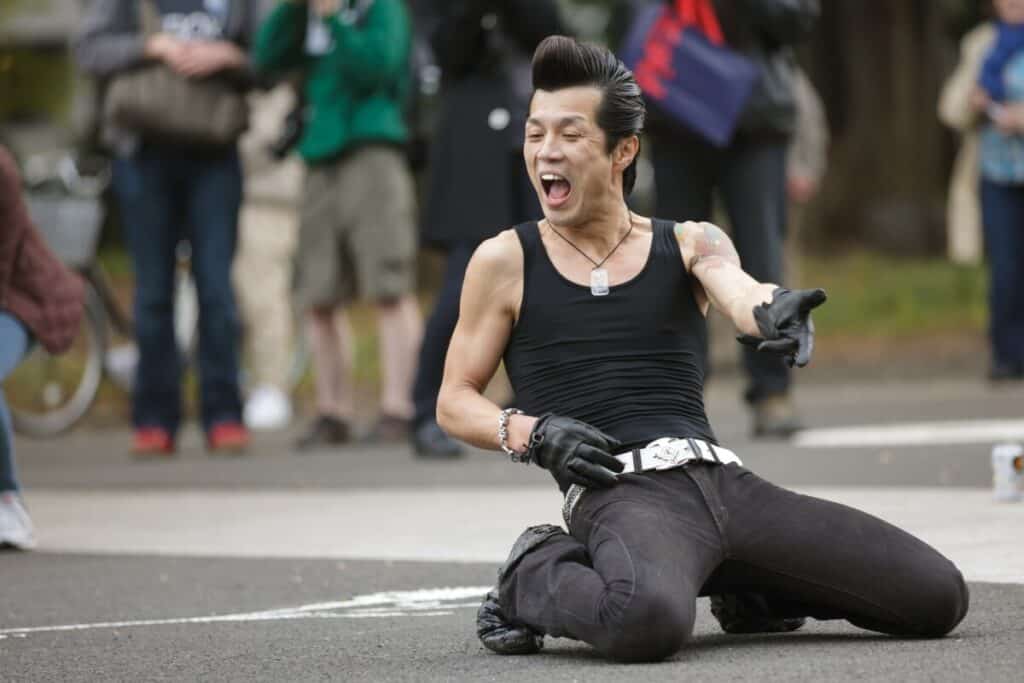
What Is Rockabilly In Japan?
Rockabilly is a movement in Japan that takes after the American style with the same name. It came from the U.S. at the same time it was around in the 1950s.
Characterized by leather jackets, and poodle skirts dancing to the music of the era, the 50s style subculture is alive and well in Japan to this day.
The trend first came about after the explosion of popularity of Elvis and other popular singers of the 50s and eventually made its way to the land of the rising sun.
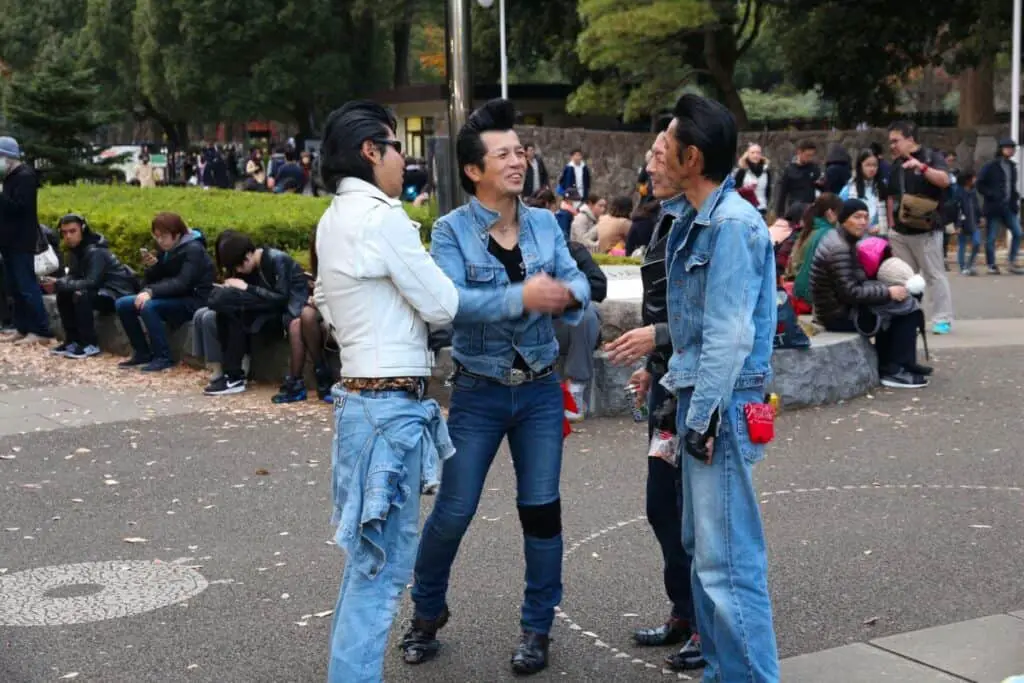
Japanese labels made the culture more mainstream with their cover bands imitating the style of the American bands. A revival came about in the 1970s where the style and culture came into their own.
The modern Rockabilly culture we know of today came back into popularity in the ‘80s and ‘90s.
One of the origins of this subculture also derives from one of the most dangerous street gangs of the post-war 1950s in Japan, the “Thunder Tribe.”
What Was The Thunder Tribe?
The Thunder Tribe was a group of Japanese veterans from the second world war that rode on illegally modified motorbikes, wreaking havoc with street racing, fights, and general dissatisfaction with the mainstream direction Japan was taking after the war.
Police had to follow them constantly in order to prevent incidents.
They caused disturbances when they drove slowly through residential neighborhoods with their loud engines, picked fights with wooden swords and other odd weapons while waving the Japanese Imperial flag.
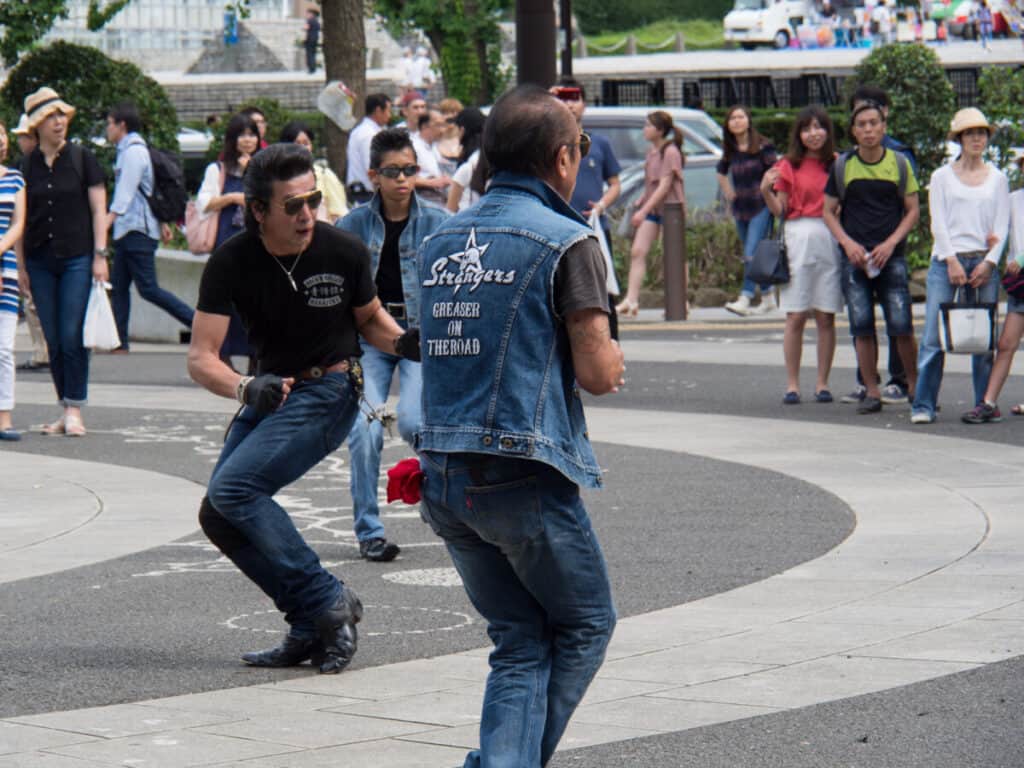
They dressed the way British rockers did at the time and often rode around in riding jackets.
This gang is a possible influence on the Rockabilly culture that followed. The subculture hits a happy medium of being peaceful to being rebellious and unruly behavior, tracing back to its roots.
What Is The Rockabilly Style?
The men’s Rockabilly style consists of exaggerated, Elvis-like pompadour hairstyles similar as well as the slicked-back greaser style.
All black clothing, blank or logo t-shirts, leather jackets, and dark jeans are the standard. Sometimes the jacket is red and a black shirt is swapped for a denim one, but the style is generally a black outfit.
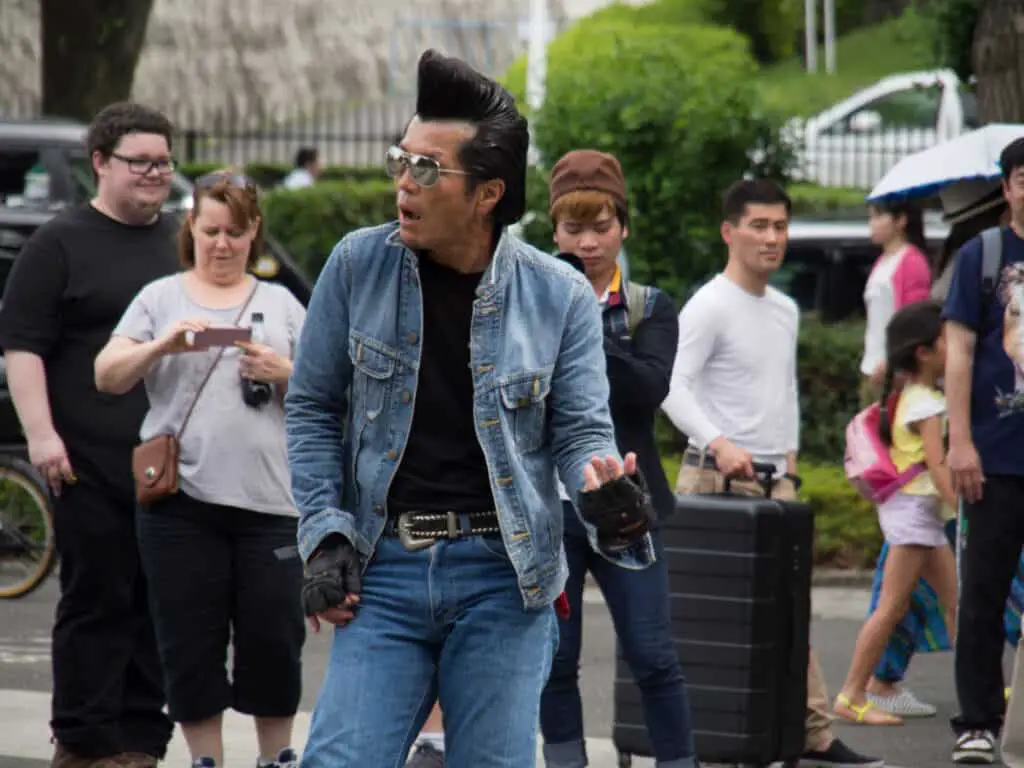
For women wear stereotypical hoopskirts and dresses in various patterns, as well as blouses and cardigans. Women also have been known to emulate the men’s style as well, but it’s not as common.
Both genders usually possess more than a few tattoos, including women. This style is 50s original rock and roll through and through.
Where Can This Subculture Be Found These Days?
These days, if you are in Tokyo, make your way to Yoyogi Park, there you will find a circular, paved area. This is where Rockabillies, mainly the Tokyo Rockabilly club gathers to dance and show off their skills. It truly is a sight to behold to see groups like this in a crowd of modern individuals looking on for the show.
They tape their shoes and ready themselves for a dancing display that will take you back in time to a simpler time.
Crowds of onlookers often gather around this area to watch the Rockabillies dance to their favorite music from the 1950s, covers, and new original versions of the music style.
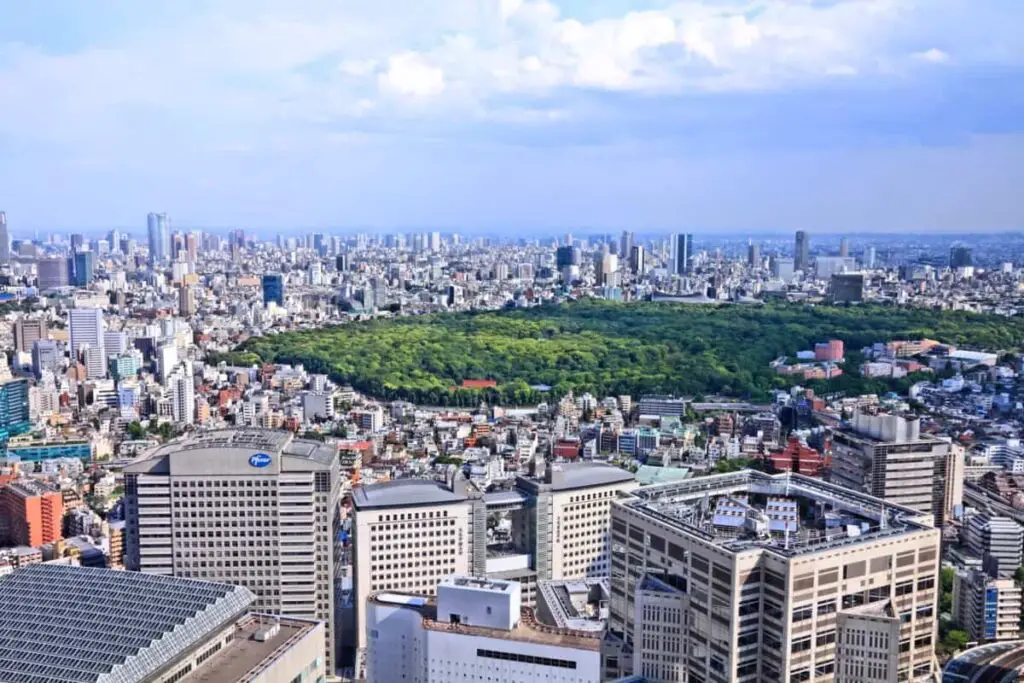
They tape their boots in an effort to offset the side effects on them from all the twisting on the concrete.
The Tokyo Rockabilly Club meets at Yoyogi Park every Sunday, so if you’re in the area, look out for a glimpse of them strutting their stuff in the area.
The Tokyo Rokacbilly Club specifically has been frequenting this spot of the park close to Meiji-Jingumae station for 30 years to celebrate their passion for the bygone era of the rebellious American Rockabilly Culture.
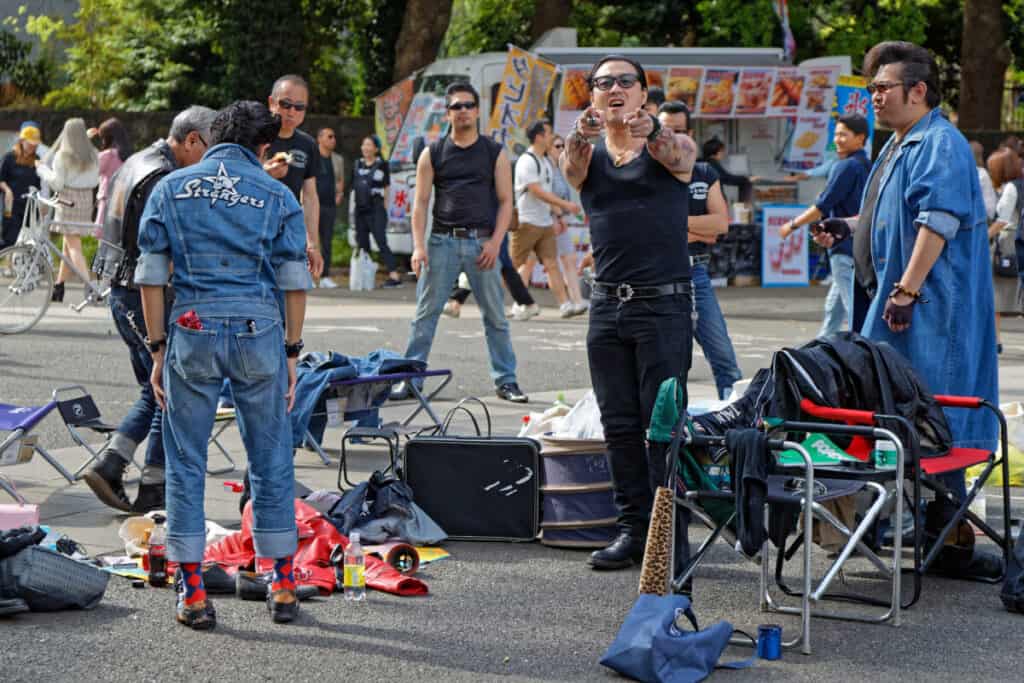
Other places you can find this subculture is in the local music bars and venues. Cover bands and bands that make original music inspired by the original decade of the trend can be found performing their music. Some are even local celebrities that have frequent gigs in different venues across Japan.
The original music made by these bands emulates the music of the time, but with a slightly modern twist where it also feels like a love letter to a bygone era that can always be revisited.
Some of the music can also sound slightly like early punk bands in nature. The Clash is an example that some of these bands might have been influenced by.
What’s The Difference Between Japanese and American Rockabilly?
American Rockabilly, as well as other trends, have evolved and adapted over time while still staying faithful to the source.
The style has been modernized and fits in well with American culture. Some outfits have adapted to move past the more modest styles and given the women lower necklines and shorter hems.
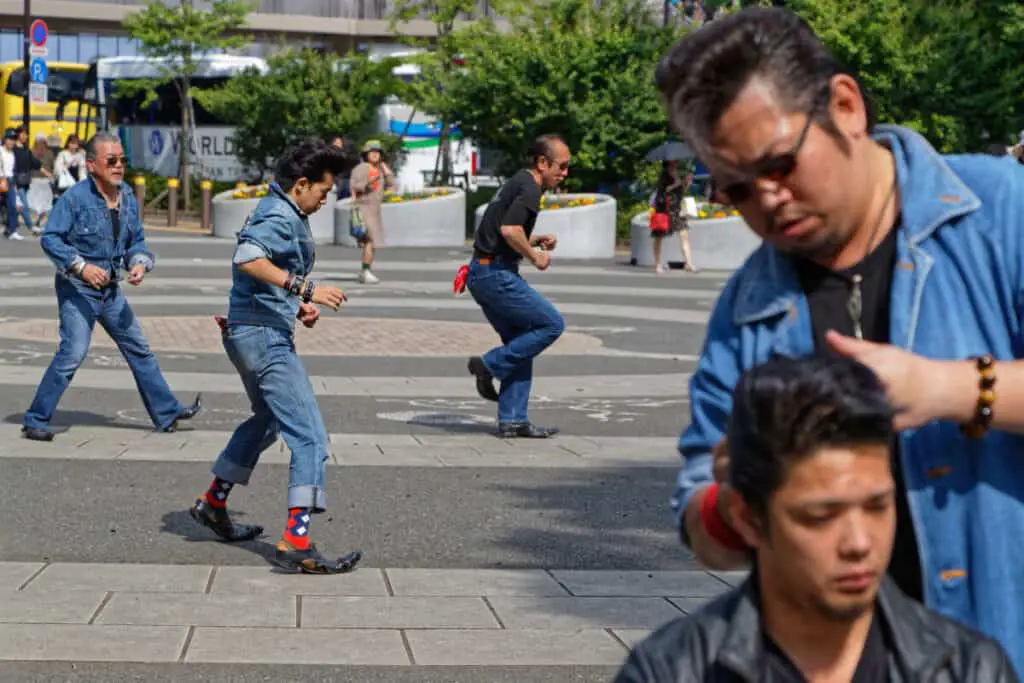
Japanese Rockabilly has stayed the same throughout all the ups and downs in popularity. It has more of what the original look was in the 1950s.
Japanese styles always have their own interpretation, and with this style, it’s no different. The Japanese interpretation of what the Rockabilly style was supposed to be is alive with its own uniqueness to the American version of the trend.
Are There Style-Specific Shops?
Vintage shops carry pomade, combs, hairspray, and other products used to capture the hairstyle. Vintage clothing stores often carry these as well as many clothing items that fit the style of Rockabilly such as skirts, dresses, leather jackets, boots and so on.
Most shop owners are very enthusiastic about their passion for this subculture. It can be a pretty educational experience for anyone visiting Japan who doesn’t know much about the Rockabilly culture. The Rockabilly scene is a way of life for some, but a passing weekend hobby for others.

